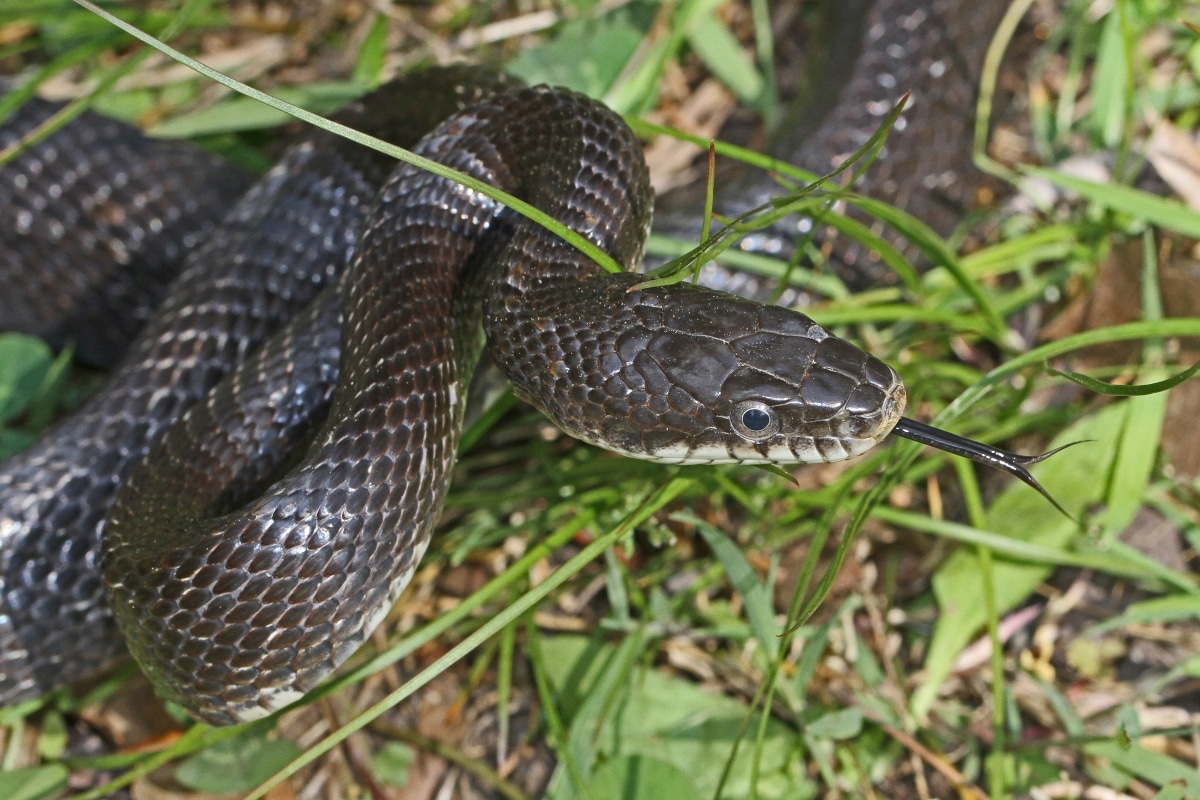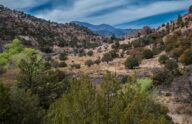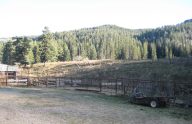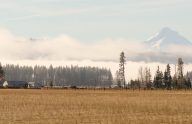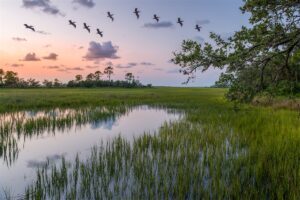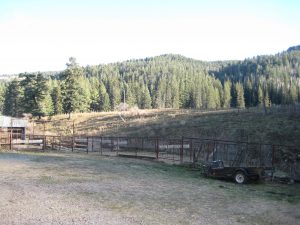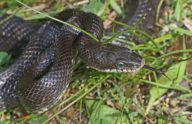Gray Skipper’s family has owned forestland in Alabama since 1902. The Skipper family produces high–quality timber on the property and, for that and other reasons, maintains management and harvesting practices geared toward ensuring long–term forest health. They also maintain native longleaf pine on their property, which is important habitat for several species of wildlife.
In 1956, the family helped establish the Scotch Wildlife Management Area (WMA), opening up their land for public recreation and the state’s wildlife conservation efforts. The partnership had been a good one, assisting in the state’s recovery of white tail deer and other species.
Everything changed in February 2020, however. That’s when the U.S. Fish and Wildlife Service designated more than 90,000 acres of private land in Alabama and Mississippi as an occupied critical habitat for the threatened black pinesnake, including the Skipper family’s land.
Based on a single sighting in the area during the past 25 years, the Service arbitrarily assumed the Skipper family’s land is occupied by the pinesnake and, therefore, could be designated as critical habitat. It ignored a comprehensive state survey that found no pinesnakes on the property.
Nevertheless, this federal decree roped in more than 10,000 acres owned by the Skipper family, including all the land participating in the Scotch Wildlife Management Area. The designation reduces the land’s value and interferes with the family’s management of the land.
The family felt punished for their six decades of collaboration with the state and their conservation stewardship and withdrew from the WMA program. In this respect, the Skipper family’s experience is emblematic of the Endangered Species Act’s central problem: it makes the presence of rare species, their habitat, or the potential to restore them a significant liability for landowners, rather than an asset. Because of these mismatched incentives, only 3% of species regulated under the statute have recovered.
To use one snake sighting in 25 years to declare land as “occupied” is bad enough. But the Service also failed to properly consider the economic burdens on designation-compromised land as required by Congress under the Endangered Species Act and the Regulatory Flexibility Act.
Represented free of charge by PLF, the Skipper family, along with the Forest Landowners Association and the Goodloe family, are fighting back in a federal lawsuit to restore their right to responsibly use their land and force government bureaucrats to respect the limits on their power.
This case builds on PLF’s 2018 Supreme Court victory in Weyerhaeuser v. U.S. Fish and Wildlife Service that set stricter standards for “unoccupied” critical habitat designations; and N.M. Farm & Livestock Bureau v. Jewell, which used these standards to reverse a critical habitat designation based on sporadic and dated sightings of a species.
What’s At Stake?
- Infringing property rights is no way to encourage conservation.
- Agencies cannot circumvent Congress’ decision to limit critical habitat designation of unoccupied areas by drawing arbitrary assumptions from old and sporadic sightings.


